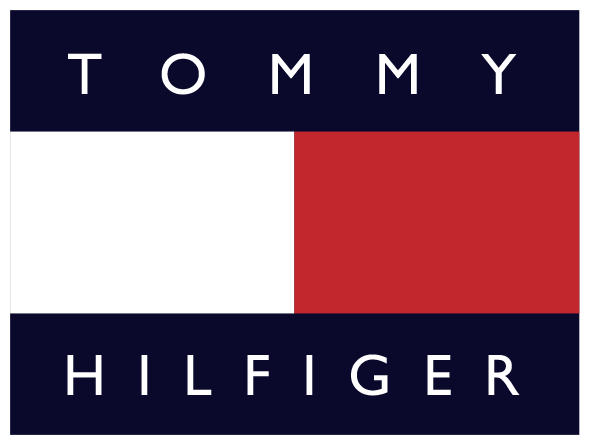Background

Gill Sans Nova is an expansion of the typeface Gill Sans. Gill Sans was first created in 1926 by Eric Gill. Eric Gill was a British designer who worked not only with type, but with sculpting and engraving. He did several sculptures that brought him fame such as Mother and Child and Mankind. He did various other works for Westminster Cathedral, the Broadcasting House in London, and in the council hall of the Palace of Nations at Geneva. Eventually he founded St. Dominic's press with Douglas Parker in 1915 where he worked as an engraver and set type for the press. Later on, he formed a private press with his son-in-law Rene Hague. He invented several fonts which include Perpetua, Joanna, Pilgrim, and of course, Gill Sans.
Gill Sans is a Humanist, sans-serif typeface and based on a different type used for the London Underground. The idea behind Gill Sans was to create a type face that had a more modern look and differ from the more geometric typeface, Futura, which was popular at the time. Gill also drew influences from ancient Roman inscriptions in order to give it a more classical feel. Gill collaborated with Stanley Morison to create his font for Monotype. The typeface was an instant hit and was quickly adopted by the London and North Eastern railway system. Gill Sans was used on nearly every part of the railway from advertisements to dining car menus. It was also adopted by the British Railways in 1948, the BBC in 1997, and the Church of England in 2000.

After the success of Gill Sans came the creation of Gill Sans Nova, which was a product of the fonts popularity as well as to fit the needs of present-day designers. The expansion of Gill Sans was overseen by Steve Matteson and was officially designed by George Ryan.
Overall, 43 new variations of Gill Sans were created, and Gill Sans Nova was born. The thought process behind this was to transition Gill Sans into a font for the modern era by adding missing weights that would be useful for modern design.

While it was very popular in its time, Gill Sans has fallen off due to Phototypesetting, which allowed for many more alternatives to be used when choosing typefaces. Also, while Gill Sans was popular in England, it did not achieve the same level of fame in the U.S. Other Typefaces like Franklin Gothic, Futura, and Twentieth Century overshadowed Gill Sans in Terms of use. That was, however, until Apple's Macintosh
Computers and Microsoft office made it a system font. Also, a logo made by Gill for Poetry magazine was based off of his own typeface Gill Sans. Many still use Gill Sans Nova today from logo design to posters. Popular places you may recognize the usage of Gill Sans Nova is the BBC Logo, the Toy Story movie title, the Ferris Bueller's Day Off movie title, and the Tommy Hilfiger logo.


